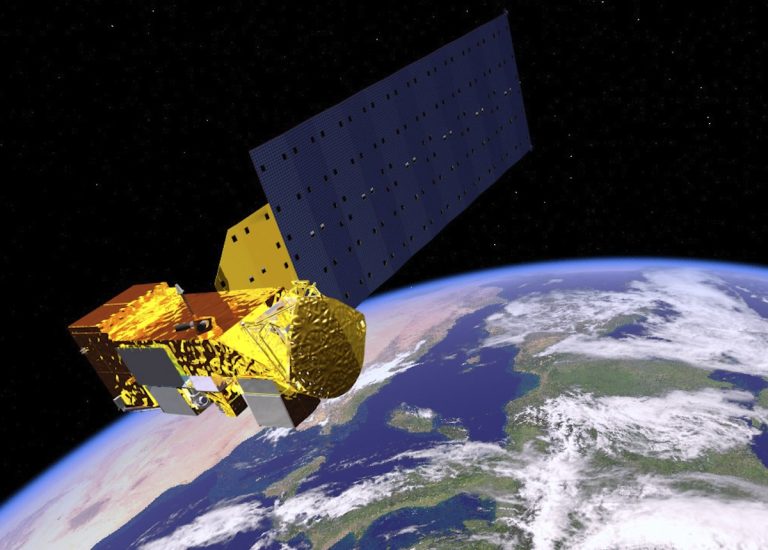
Satellite observations from CERES (Clouds and Earth's Radiative Energy System) show that cloud cover has decreased since 2000. [emphasis, links added]
Less cloud cover means less shortwave radiation reflected into space, Increase the amount of solar radiation absorbed by the Earth's surface (oceans).
Since 2000, Earth's energy imbalance (the net difference between input and output energy) has become increasingly positive, rising from an average of +0.5 W/m² between 2000 and 2010 to +1 W/m² over the past decade. m².
The result of this positive trend is Due to the observed decrease in cloud cover, the absorbed solar radiation (ASR) shows an increasing trend of +0.9 W/m².
therefore, The increase in sea surface temperature (SST) from 2000 to 2022 can be explained by an increase in shortwave (SW) forcing rather than an enhanced greenhouse effect due to increased greenhouse gases.

We can say that the reason why greenhouse gases cannot explain modern warming is that the positive shortwave (SW) driving the increase in sea surface temperatures has been partially offset (reduced). decline Greenhouse effect or long wave (LW) forcing during this period (-0.4 W/m²).
This is manifested by an increasing trend in output longwave radiation (OLR) during the first 23 years of the 21st century (more energy is lost to space).
The LW forcing trend is partly affected by trace greenhouse gases such as CO2 and CH4, as well as water vapor.
“…-Part of the OLR trend is related to reduced emissions due to increases in water vapor and WMGG [well-mixed greenhouse gases] Above the clouds…”
However, The main factor affecting OLR is the decadal-scale trend in cloud cover, known as the cloud radiative effect (CRE).
While reduced cloud cover leads to an increase in absorbed solar radiation (see the red positive SW bar on the CRE diagram), it simultaneously enhances rather than reduces the outgoing longwave trend (see the blue negative LW bar on the CRE diagram).
in other words, If anthropogenic carbon dioxide emissions indeed contribute to global warming, the greenhouse effect manifested as an OLR trend has been moving in the opposite direction.
The impact of carbon dioxide emissions is not enough to reverse the overall sign of longwave radiation.
According to Cess and Udelhofen (2003), a negative effect of the greenhouse effect – enhanced cooling – was also observed from 1985 to 1999.
therefore, If the trend from 2000 to 2022 were extended for another 15 years, total greenhouse forcing may have cooled the Earth for more than 35 years.

Models show that an enhanced greenhouse effect due to an increasing trend in mixed greenhouse gases explains the rise in sea surface temperatures in recent decades. Observations do not support these model results.
Read more in the Trick-Free Zone
